A year after 'Bloody November,' reformists in Iran still fight for legitimacy
Hundreds were killed, thousands were arrested in the government crackdown.
A year has passed from nationwide protests in Iran and the resulting crackdown that came to be called "Bloody November."
Unrelenting pressure on local journalists and a lack of transparency among the nation's leadership have prevented an accurate tally of those killed and those wounded, but official statistics do acknowledge that hundreds died and thousands more were arrested.
The suppression of civil protests is unmatched in modern Iranian history, but many feel these events never received the attention they deserved.
Civil demonstrations were sparked in more than 200 cities, Fars News reported, initially as a reaction to authorities’ decision to hike fuel prices by as much as 300%.
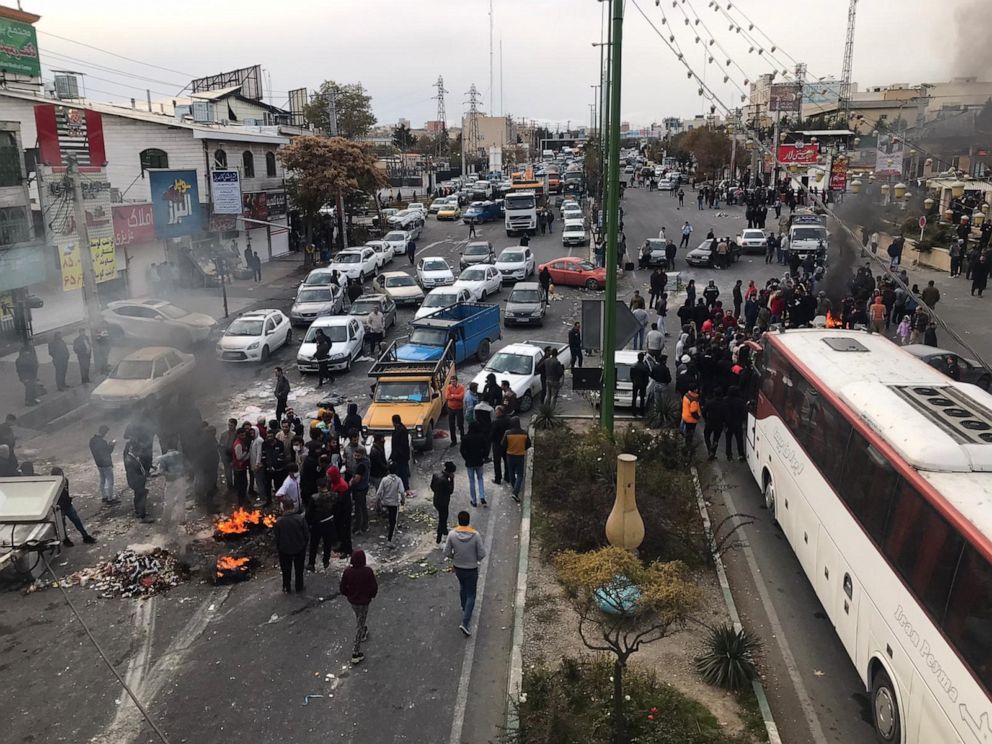
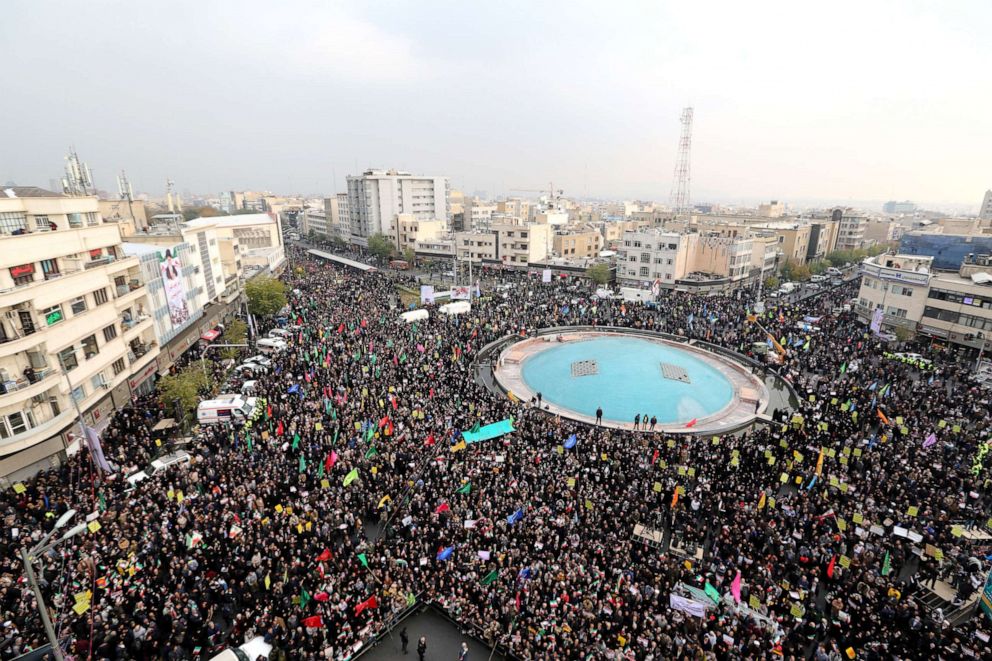
According to Reuters, a death toll provided by three anonymous interior ministry officials was "about 1,500.” Amnesty International said at least 304 were killed in the first three days. Iran's minister of domestic affairs, Abdolreza Rahmani Fazli, confirmed a death toll of 200 to 225 while on live TV in May of this year.
Unlike another series of protests suppressed with violence -- in about 160 cities, from December 2017 into January 2018, mostly working-class individuals -- the November 2019 demonstrations included people from all walks of life. And the intense anger initially directed at increasing fuel prices quickly was turned toward government policy writ large -- especially alleged domestic corruption.
Ultimately, the protests dramatically undercut the reformist party's legitimacy.
The party long had been considered the only path for those among Iran's middle class to reach the top levels of national decision-making. With the Supreme Leader Ayatollah Ali Khamenei installed as commander-in-chief, experts believed that the presidential position is seen more as the top rung of a bureaucratic ladder than someone responsible for implementing all chosen policies. Reformists, hoping to have their voices heard, voted for Hassan Rouhani for president first in 2013 and again in 2017 -- he'd promised more social freedom and better ties with other nations.
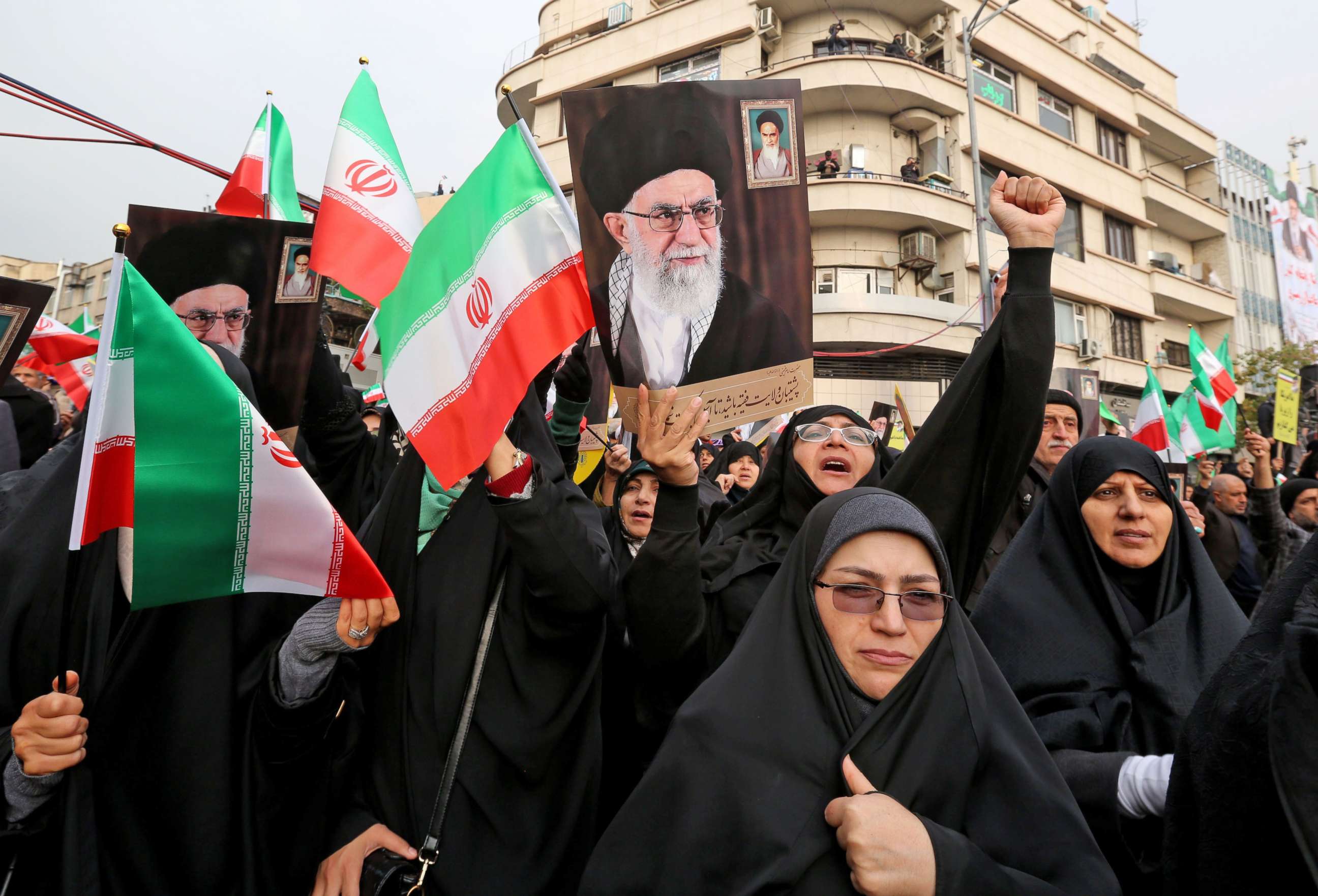
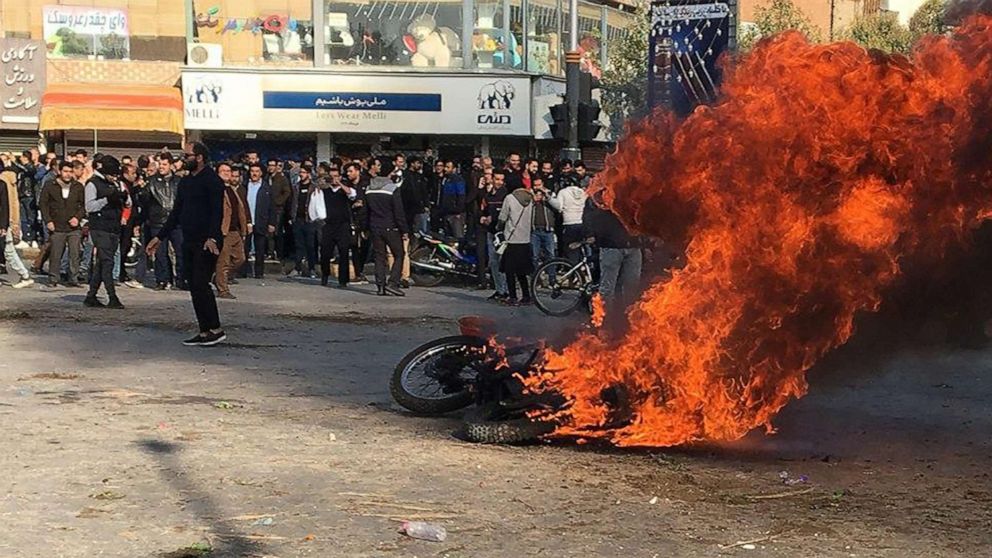
Rouhani’s team managed to sign a multilateral nuclear deal with six world powers -- Germany, France, U.K., Russia, China and the U.S. -- known as the Joint Comprehensive Plan of Action to limit Iran’s nuclear activities in return for lifting sanctions. But in May 2018, President Donald Trump withdrew from the deal, reinstating severe economic sanctions against Iran.
Besides Rouhani’s failure in fulfilling promises due to widespread domestic corruption and the crippling international sanctions, the fact that Iran's government, elected by the votes of the reformists, stood alongside the hardliners in last November's crackdown, irreparably damaged the dichotomy of conservatism and reform.
This was seen in Iran's most recent elections, in February, when reformist candidates took only 20 of 290 parliamentary seats after winning 120 in the previous election. Nationwide turnout was at a record low.
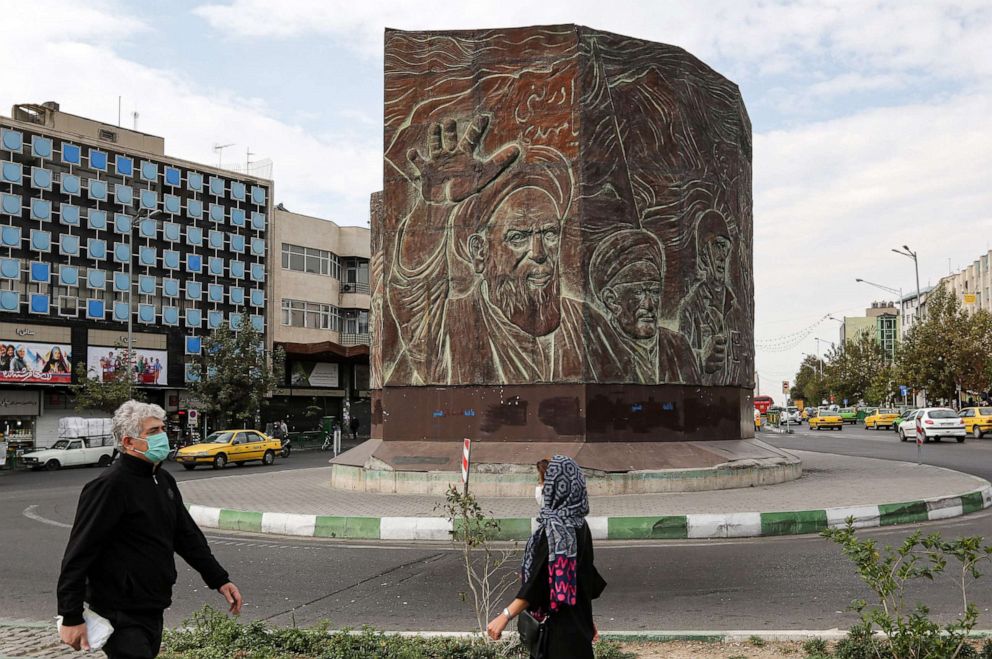
On social media, many users expressed pessimism of any possible changes via peaceful protest, saying they would no longer see any difference between the conservative “state” -- mostly known by the supreme leader on the top -- and the “government” led by an elected president.
“At the peak of the protests in December 2017 and November 2019, officials including reformists and conservatives said univocally that it is people’s right to protest and chaos is what we are against! They were supposed to allocate places for people to protest, but all that was a lie! Contrary to the constitution, the government does not consider the right to protest for the people,” Amir Hossein Mosalla, an Iranian journalist, wrote on Twitter on Sunday.




